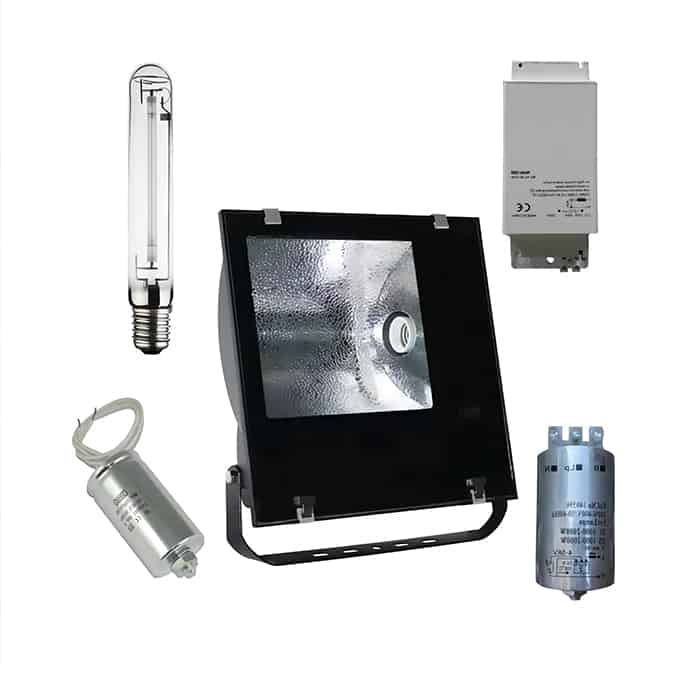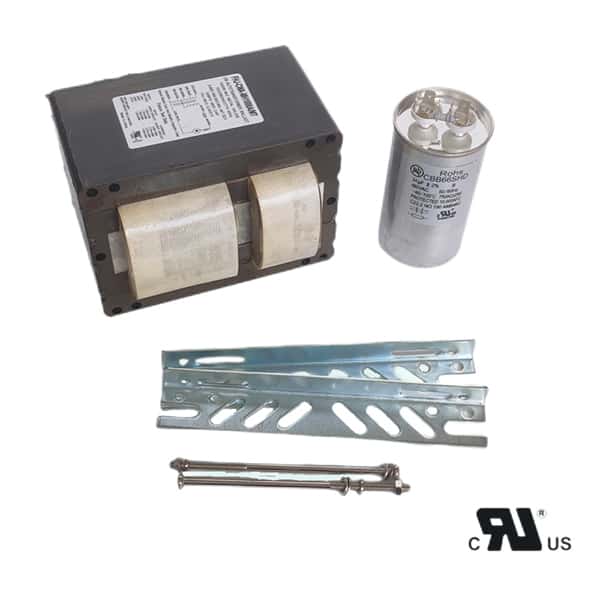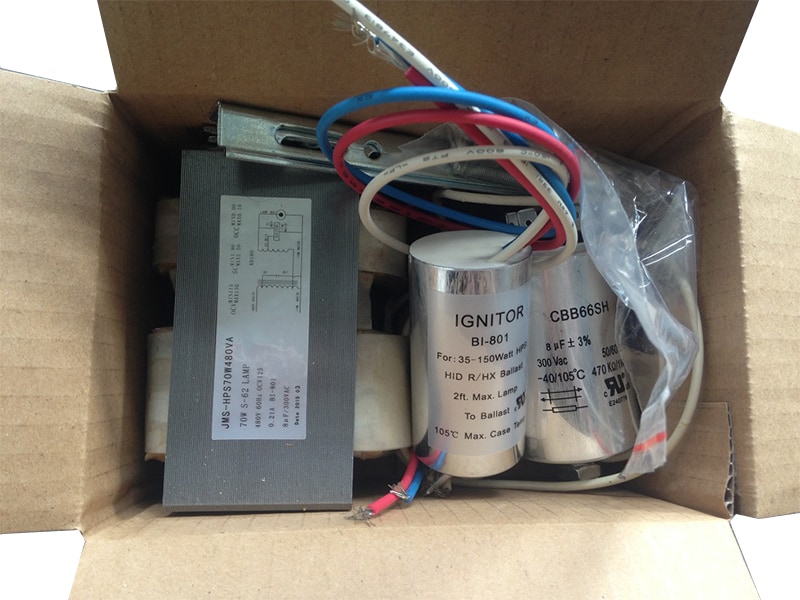Electronic ignition systems have revolutionized modern automotive technology, offering improved performance and reduced maintenance compared to traditional ignition setups. However, when upgrading or working with ignition systems, a common question arises: Do you need a ballast resistor with electronic ignition? This article delves into the role of ballast resistors, their relationship with ignition systems, and whether they are necessary in modern electronic ignition setups.
A ballast resistor is a component designed to regulate voltage within an ignition system. In older, points-based ignition systems, the ballast resistor served a critical purpose: protecting the ignition coil from excessive voltage. These systems typically operated at a lower voltage during normal running conditions, with the ballast resistor ensuring that the coil received the correct amount of power. By reducing voltage to the coil, the resistor extended its lifespan and prevented overheating. However, during engine startup, the ballast resistor was bypassed to deliver full voltage to the coil, ensuring a strong spark to ignite the engine.
Electronic ignition, on the other hand, represents a significant leap forward in automotive technology. Unlike older systems that relied on mechanical points to distribute current, electronic ignition uses solid-state components to generate and control the spark. This provides numerous advantages, including increased efficiency, more consistent spark delivery, and reduced maintenance. Electronic ignition systems are typically designed to work with modern ignition coils that are built to handle full voltage, eliminating the need for external voltage regulation in many cases.
In traditional ignition systems, the ballast resistor played a vital role. Without it, the coil would be exposed to the full voltage from the vehicle’s electrical system, which could lead to overheating and premature failure. During startup, a bypass circuit allowed the coil to temporarily receive full voltage, ensuring a robust spark for ignition. Once the engine was running, the ballast resistor resumed its role, lowering the voltage to protect the coil and other components. This dynamic operation was essential to balancing performance and durability in older ignition setups.
The question of whether a ballast resistor is necessary with electronic ignition depends largely on the specific components of the system. In many cases, modern electronic ignition systems do not require a ballast resistor. These systems often use advanced coils designed to operate at full voltage, and the ignition module itself regulates the current to ensure proper performance. However, there are exceptions. For instance, if an electronic ignition system is integrated into a vehicle that retains an older coil requiring reduced voltage, a ballast resistor may still be necessary. Similarly, some aftermarket electronic ignition kits are designed to work with existing ballast resistors.
Eliminating the ballast resistor in an electronic ignition system offers several advantages. Firstly, it improves performance by ensuring consistent voltage and spark delivery, which enhances engine efficiency. Secondly, it simplifies the wiring setup by removing the need for a bypass circuit or additional components. Thirdly, it reduces the risk of voltage drops, as the resistor itself can be a source of energy loss in older systems. These benefits make modern electronic ignition systems more reliable and efficient overall.
That said, there are scenarios where a ballast resistor may still be used with electronic ignition. For example, vehicles that have been retrofitted with electronic ignition but still use older coils may require the resistor to maintain compatibility. Additionally, some specific aftermarket coils are designed to operate with reduced voltage, necessitating the use of a ballast resistor. In classic vehicles, maintaining the original equipment and functionality may also justify keeping the ballast resistor in place.
One common misconception is that all ignition systems require a ballast resistor. This is not true for modern electronic ignition setups, where the ignition module or coil design often eliminates the need for external voltage regulation. Another misconception is that removing the ballast resistor automatically improves performance in every case. While this is true for systems designed to operate without it, removing the resistor from a system that needs it can cause damage to the coil or ignition module.
To determine whether your system requires a ballast resistor, it’s essential to check the specifications of your ignition coil. Measure its resistance values and consult the manufacturer’s guidelines to see if reduced voltage is necessary. If you’re using an aftermarket electronic ignition kit, follow the installation instructions carefully, as some kits are designed to be compatible with existing ballast resistor setups. Signs that a ballast resistor might be required include coil overheating or repeated ignition module failure.
As vehicle technology evolves, the need for ballast resistors continues to decline. Modern ignition technologies, such as coil-on-plug systems, have made ballast resistors virtually obsolete by integrating voltage regulation directly into the ignition module. This shift reflects the broader trend towards more efficient, reliable, and maintenance-free automotive systems. However, for older vehicles and specific retrofitted setups, ballast resistors still hold relevance.
In conclusion, whether a light ballast resistor is necessary with electronic ignition depends on the components and design of your specific system. While most modern electronic ignition setups eliminate the need for a ballast resistor, certain scenarios—such as using older coils or preserving classic vehicle functionality—may still require it. Understanding the requirements of your ignition system and following manufacturer guidelines will ensure optimal performance and longevity for your vehicle’s ignition components.



